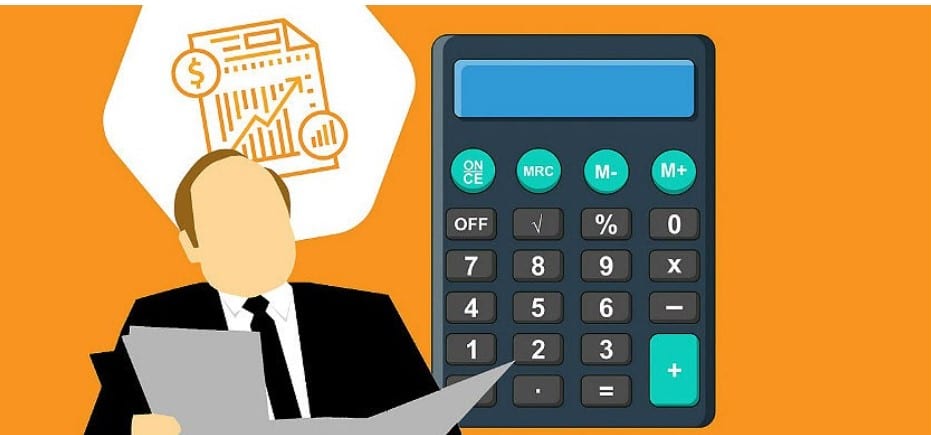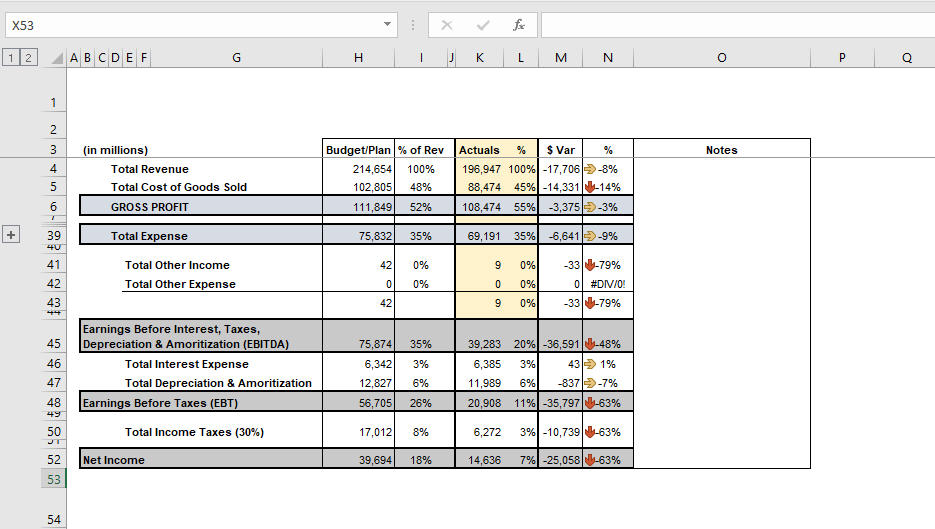
All of our content is based on objective analysis, and the opinions are our own. We can understand the concept of variance with the help of the example discussed below. Adam Hayes, Ph.D., CFA, is a financial writer with 15+ years Wall Street experience as a derivatives trader.
Would you prefer to work with a financial professional remotely or in-person?
When your sale budget is gained less than what has been expected to get due to the loss of some customers the difference between the two is required for variance analysis. Variance analysis refers to identifying and examining the difference between the standard numbers expected by the business and the actual numbers achieved. In simple words, variance analysis budget studies the deviation of the actual outcome against the forecasted behavior in finance. Let’s say that your enterprise sells gadgets, and you’ve projected that you’ll sell $1 million worth of gadgets in the next quarter. However, at the end of the quarter, you find that you’ve only sold $800,000 worth of gadgets.

Variance of Uniform Distribution
Are the differences small enough to be explained solely by sampling variability? Or are they of sufficient magnitude so that a more reasonable explanation is that the μ’s are not all equal? The conclusion depends on how much variation among the sample means (based on their deviations from the grand mean) compares to the variation within the three samples. This method is also referred to as single-factor ANOVA because we use a single property, or characteristic, for categorizing the populations.
Types of Variances
Often, by analyzing these variances, companies are able to use the information to identify a problem so that it can be fixed or simply to improve overall company performance. Since it is calculated as the average of the squared differences from the mean, the resulting value is always non-negative. While both variance and standard deviation measure data dispersion, the standard deviation is the square root of the variance. Standard deviation is expressed in the same units as the data, making it more interpretable for indicating the spread.
Real-time cash analysis & better liquidity management
Let us understand the types of variance to understand the concept of variance analysis with respect to budgets through the points below. Amid turbulent market conditions, as companies prepare for 2024 and beyond, enterprises’ finance chiefs professionals are recommending various enhancements to improve decision-making. By analyzing variances, companies can identify areas where cash management can be improved.
Budget variances
- Management should address why the actual labor price is a dollar higher than the standard and why 1,000 more hours are required for production.
- This is a prime example of how variance analysis is used to achieve efficiency.
- For ungrouped data, variance is calculated by finding the average of the squared differences between each data point and the mean.
By comparing the forecasted cash flow with the actual cash flow, it is easier to identify any discrepancies, enabling the stakeholders to take corrective measures. In periods of market instability, your business could face unforeseen fluctuations in revenue, costs, or other financial indicators. In such cases, one of the most crucial tools in your financial management system is variance analysis. By the end of this blog, you will be able to understand variance analysis, its importance, and how to calculate it so you can leverage the cash properly and make strategic and informed business decisions. If the population data is very large it becomes difficult to calculate the population variance of the data set.
If the actual cost comes in under budget (positive variance), that’s a good thing. Performing a variance analysis gets to the root cause of budgeting inconsistencies so you can avoid them in the future. In this article, we’ll explore the different types of variances and how analyzing them can help you take control of your budget. If your standard taxpayer relief act of 1997 definition hours are lower than denominator, volume variance will also be unfavorable. If your employees work more hours than standard, your efficiency is unfavorable because it takes more time to do the production than it should. Look for the causes of why your staff is under-performing and implement solutions that might help them gain efficiency.
Variance analysis focuses on analyzing and interpreting differences (variances) between actual costs and standard costs. The technique of variance analysis enables the investigator to isolate the causes of differences between actual costs and standard costs. For proper control, both favorable and unfavorable variance should be analyzed. Furthermore, our solution helps continuously improve the forecast by understanding the key drivers of variance. The AI algorithm learns from historical data and feedback, continuously improving their accuracy and effectiveness over time. This iterative learning process enhances the quality of variance analysis results.
For example, your analysis might reveal revenue trending favorably over the forecast, but expenses and gross profits are pacing negatively. Assuming your business is a profitable operation, the negative profitability could be the result of higher customer acquisition costs or an increase in your costs of goods sold. Analyzing the correlations in your variances will help shape the narrative of the health of the business. Material Variance, Labor Variance, and Overhead or Indirect cost variance are three main types of variances.
The key is to view them not as failures, but as stepping stones toward ongoing financial optimization. By the time you’ve reached this step, you’ve got enough knowledge to tackle the next period’s operations with a more informed approach. If you’d like to learn more about our FP&A tools, built by finance professionals, schedule a demo with one of our experts today.
